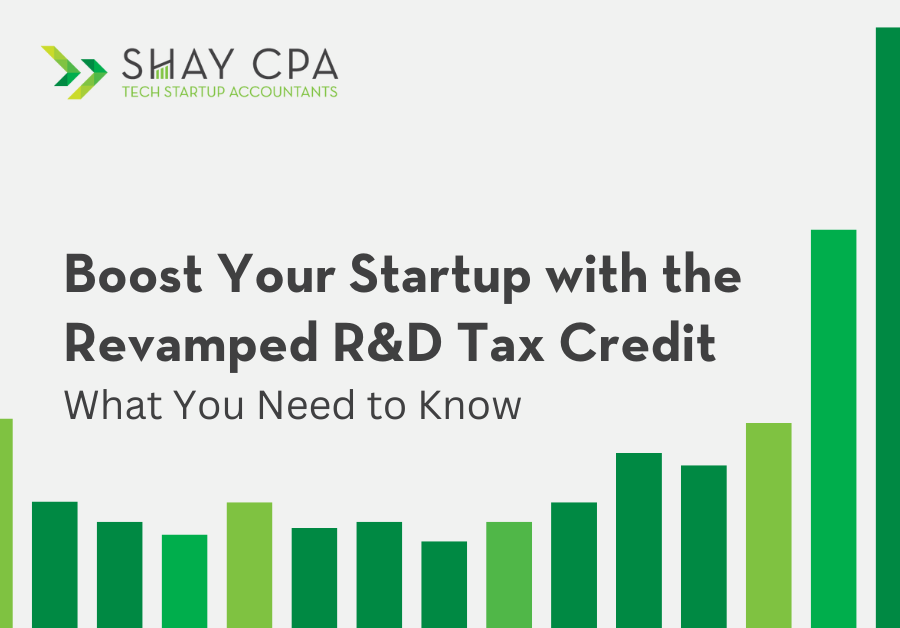The easiest money a startup will ever raise: How to make the most of the R&D tax incentive – StartupSmart

If you run a startup in Australia, you’ve probably heard of the Research and Development Tax Incentive (R&D). Unfortunately running a startup can be so overwhelming you may have not had the time to apply, despite the promise of equity-free cash.
Let’s face it, from the outside the grant process (and the R&D one especially) can seem a like black box, giving precious little feedback on your application right until the very end. Not knowing how much the grant is worth to you is also discouraging, making any cost/benefit calculations difficult.
Hopefully, the tool we’ve created will be able to help you out with that last bit.
The R&D grant awards you a refundable tax credit (essentially cash you’ll receive if you’ve reported losses in your tax return) worth 45 cents for dollar you spent on research and development in the preceding year.
At BugHerd and similar tech companies, most of our time is spent developing new software. The salaries of our development team form our largest expense, and are an eligible expenditure under the grant. To companies like ours, the R&D grant could amount to a significant sum.
Together with RSF Consulting, BugHerd has created an excel document that allows you to quickly sum up your R&D expenditures using the same process we’ve used in the past. Hopefully more Australian startups will be able to take advantage of such a generous source of funding. If you haven’t made an application before, add your numbers and see just how much the R&D grant is worth to you.
Download the Excel Model here.
The financial reporting side of things is only half of the application. Along with an accounting of how much you’ve spent on R&D, you’ll need to include write-ups that detail exactly why they qualify as R&D in the first place.
These write-ups show that these activities qualify by documenting them as scientific experiments. This doesn’t always map well to the software development process, and the way these write-ups are done in software is a topic worthy of another post altogether.
For now, all you’ll need to know is that research and development are split into core and supporting activities.
Core activities are experiments– projects that are primarily focused on the development of new technologies or ideas. Supporting activities are a bit broader, and include efforts such as research and development of necessary infrastructures that the core activities depend on.
There are a number of exceptions and specifications you’ll need to be aware of, so be sure to check the official docs. Since startups rarely keep the best records of who spent time on what project, the model uses Git commits per repo to infer where development time went throughout the year. All you have to do is associate each repo you have to an R&D activity.
While Australian startups can lack a lot of the opportunities that Silicon Valley startups have access to, we’re lucky to have a number of very generous programs that have provided significant support to us and many others.
Make the most of them.
Follow StartupSmart on Facebook, Twitter,LinkedIn and SoundCloud.

